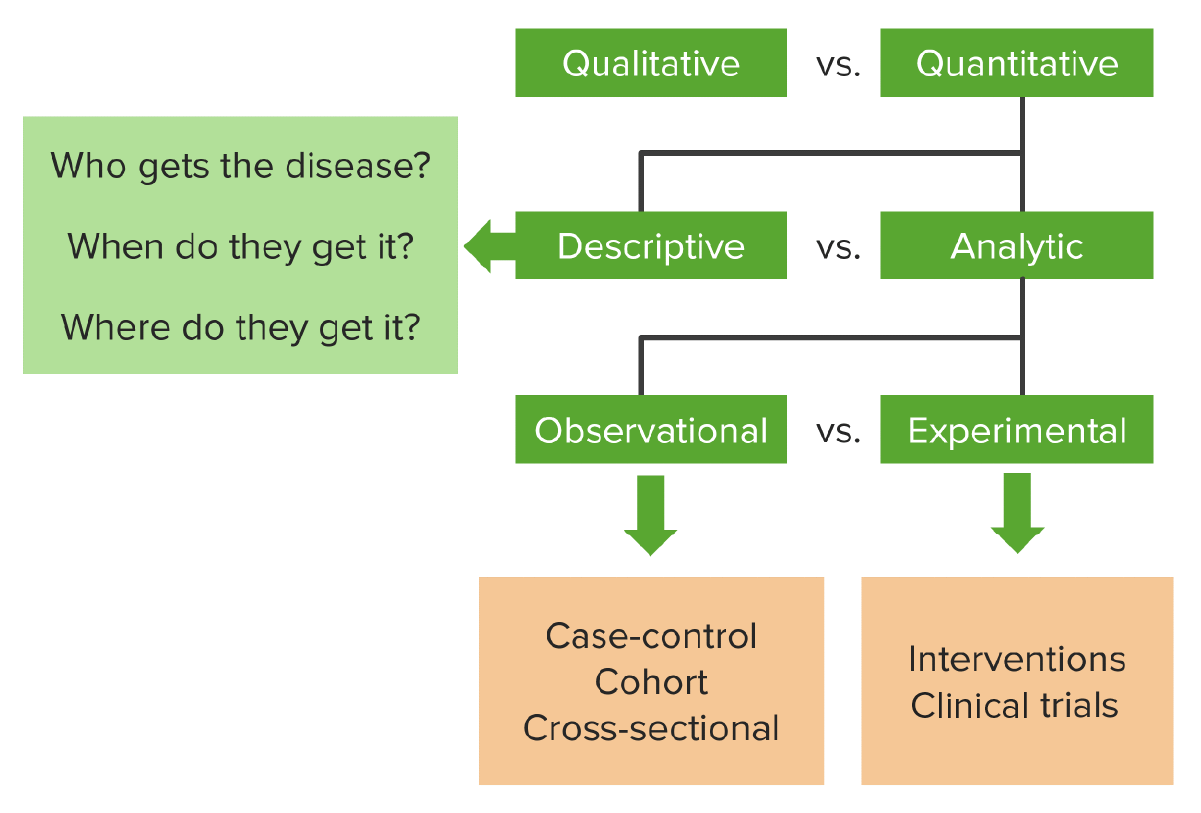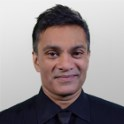Playlist
Show Playlist
Hide Playlist
Observational Epidemiology
-
Slides 01 OverviewHistory Epidemiology.pdf
-
Reference List Epidemiology and Biostatistics.pdf
-
Download Lecture Overview
00:01 So one of the important qualities of epidemiology is through the observational process, we can determine risk factors and likely causes of disease. 00:13 I say likely causes because I use that word cause very carefully. 00:17 We’ll talk later on about how we define what a causal factor is but in absence of knowing for sure, that something causes something else, we call that risk factor - when we talk about associations rather than causations. 00:30 So many times we don’t know the cause of a disease but we can associate it with various exposures for example, streptococcal infection is often followed by rheumatic fever and sometimes rheumatic heart disease, so we can prevent rheumatic heart disease by preventing streptococcal infection, even if we’re not entirely sure what the causal mechanism might be. 00:51 We know that rheumatic fever is more frequent amongst army recruits than the school children so now we know the population to focus on and when an intervention is most likely. 01:00 Lung cancer and smoking is are the classic example. 01:03 It was fought in courts for many years but whether or not tobacco really was the cause of lung cancer and we’re pretty sure that it is but in absence of solid laboratory evidence we had mountains of epidemiological observational evidence showing that people who smoke tended to have lung cancer more so than people who didn’t smoke. 01:23 The power observation in many cases overcomes the need for solid specific causal information. 01:31 Observational epidemiology is also useful for understanding mobility and mortality from diseases in the population as a whole. 01:41 We can associate lifestyle factors like driving without a seatbelt or eating too much fat or having too many calories in our diet or being too immobile and not moving enough with other kinds of negative health outcomes - we don’t need to know the mechanism in order to be able to control the outcome by controlling lifestyle choices and risk factors. 02:04 Let’s talk about some of the important task that epidemiologist are engaged in. 02:08 Well, the first and most important thing that a population epidemiologist cares about is disease surveillance. 02:14 Most modern countries have several complicated surveillance programs and action all the time including something called a notifiable disease registry. 02:23 That’s when a list of key diseases are made so that any time a health professional encounters one, they must by law inform the government or whoever’s in-charge of that surveillance program that they saw a case, in this way we have a solid idea of whether or not our country or population has a particular disease, some of the key ones include tuberculosis or HIV AIDS or even Ebola now has made the list in recent months in most countries. 02:51 Disease surveillance allows us to detect whether or not an epidemic is happening. 02:55 It allows us to detect whether or not a disease is changing its profile in a way, it allows us to predict or detect anytime the population is changing its behavior with respect to certain diseases as well. 03:09 Epidemiologist are also involved in diagnostic tests. 03:12 We’re going to go into greater detail on diagnostic tests in a further lecture but know right now that these test involved computing things like sensitivity and specificity, deciding whether or not we can use this test in this context or whether or not a test is viable as a screening tool to identify individuals who are good candidates for further investigation further on. 03:37 Epidemiologists are also useful in trend analysis and we will talk a little bit more about trend analysis in a second. 03:43 This is only a look at the changes in diseases over time or over populations and try to ascertain some wisdom from looking at the changes in the numbers without actually investigating individual cases. 03:56 And also one of the important thing that Clinical Epidemiologist and Population Epidemiologist do is designing studies. 04:04 Very often, a researcher will contract an epidemiologist to go over their study design and their protocols to make sure that everything is methologically sound. 04:15 Let’s look at some of the issues in trend analysis. Here’s an example from US data. 04:20 This is the changes in mortality rates of white women and lung cancer. 04:28 As you can see from 1973 to 1995 mortality rates were going up dramatically, this is a white woman in America dying of lung cancer. 04:37 If you’ll look at black women, well, the rates are kind of the same so there’s no reason to expect white women and black women to be physiologically different so this is not surprising. 04:48 If we look at breast cancer, white women, the rates have come down slightly from 1973 to 1995 with black women they’ve gone up - that’s interesting. 04:59 Here’s all the data in one slide, we see that there are no changes or no differences between white and black women except with respect to breast cancer, that’s very interesting and there could be a host of reasons for this observation including something we called detection bias, that’s when we’re looking for more cases so we find more cases and again we’re talking more about detection bias in a future lecture about biases; but the point that I’m trying to make here, is that trend analysis allows us to know what questions to ask, allows us to ascertain that there's probably something happening here that I need to investigate further.
About the Lecture
The lecture Observational Epidemiology by Raywat Deonandan, PhD is from the course Epidemiology and Biostatistics: Introduction.
Included Quiz Questions
What is meant by the term “disease surveillance”?
- Collecting, analyzing, and interpreting large volumes of data related to the incidence and prevalence of a specific disease in a population
- Monitoring disease activity in a small group of patients to determine causal relationships with exposures
- Systematic collection and interpretation of health-related data needed for planning, implementation, and evaluation of public health practices
- Analyzing changes in diseases over time or amongst populations
- Determining whether a disease is identifiable using specific tests
Which of the following is an important quality of epidemiology?
- To determine the association between the exposure and the outcome
- To understand the pathophysiology of different diseases and morbidities
- To assess the efficacy and safety of new pharmaceuticals
- To understand the mechanism of action of new pharmaceuticals
- To develop new pharmaceutical drugs
Which of the following involves close monitoring of the spread of certain diseases in the population?
- Disease surveillance
- Experimental design
- Trend analysis
- Clinical trial
- Drug development
Which of the following is used to investigate the changes in breast cancer incidence over a long time?
- Trend analysis
- Experimental design
- Disease surveillance
- Notifiable disease registry
- Breast cancer drug sales
Customer reviews
5,0 of 5 stars
| 5 Stars |
|
5 |
| 4 Stars |
|
0 |
| 3 Stars |
|
0 |
| 2 Stars |
|
0 |
| 1 Star |
|
0 |




